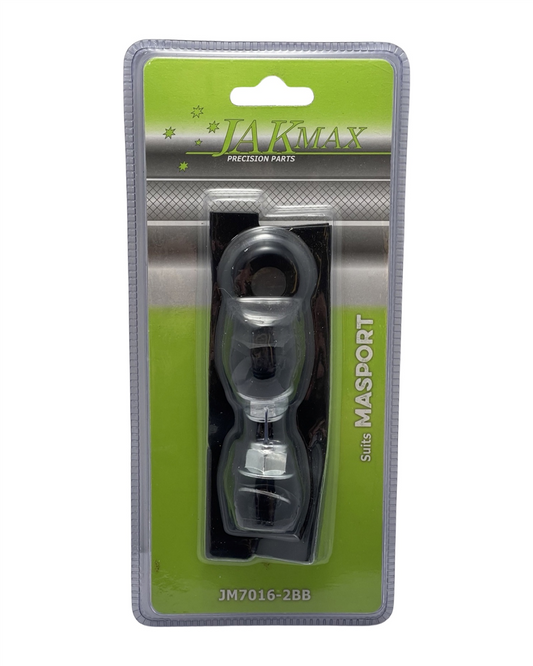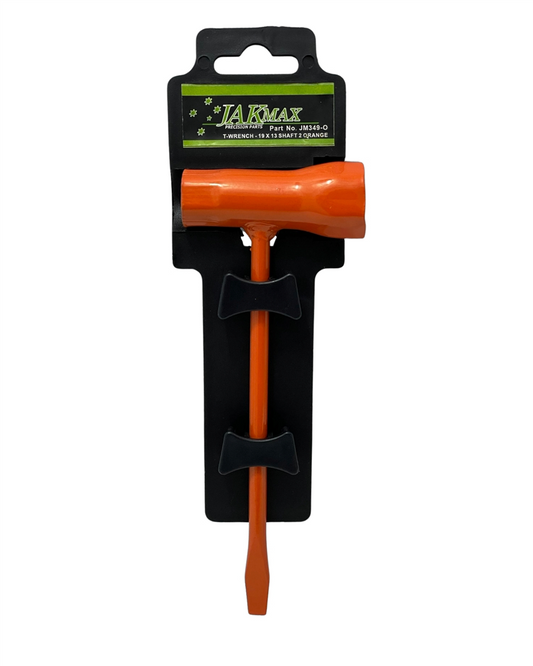Read this if your vegetable garden isn’t thriving the way you hoped
Share
Why Your Vegetable Garden Might Be Struggling (And How to Fix It)
You had big dreams for your vegetable garden. You pictured bountiful crops, lush green foliage, and the pure joy of picking fresh produce straight from your backyard. But instead, you’re staring at sad, drooping plants and wondering where you went wrong. Don’t worry—I’ve been there! Let’s dig into the common reasons gardens struggle and, more importantly, how to get yours thriving.
Is Your Soil Letting You Down?
Your soil is like the foundation of a house. If it’s lacking nutrients or too compacted, nothing’s going to grow well. Poor soil health is one of the biggest reasons gardens fail, especially for beginners.
- Too Sandy or Too Clay-Heavy: If water drains too fast or pools on the surface, your plants are struggling to get the moisture they need.
- Lack of Nutrients: Without a good balance of nitrogen, phosphorus, and potassium, your veggies won’t thrive.
- No Organic Matter: Compost and mulch improve soil structure and provide food for beneficial microbes.
Quick Fix: Grab a bag of organic compost and mix it well into your soil. Worm castings and aged manure work wonders too. For a long-term boost, consider a soil test kit to pinpoint exactly what your garden needs.
Watering – Too Much or Not Enough?
Watering seems straightforward, but it’s one of the most common mistakes among new gardeners. If your plants look droopy, check if the soil is soggy or bone dry.
- Overwatering: Roots can rot in constantly wet soil, and that means no oxygen for your plants.
- Underwatering: If your plants are wilting midday and not bouncing back by evening, they may need more frequent watering.
Quick Fix: Water deeply in the early morning to encourage strong root growth. A thick layer of mulch can help retain moisture and prevent your soil from drying out too fast.
Are Your Plants Getting Enough Sun?
Most veggies need a solid six to eight hours of direct sunlight each day. If your plants are struggling, their location might not be ideal.
- Leafy greens: Can handle partial shade.
- Fruiting plants (like tomatoes and capsicums): Need full sun.
Quick Fix: If your garden is in a shady spot, consider growing in containers that you can move to sunnier locations. Reflective surfaces like white fences can also help bounce light onto your plants.
Crowding – Are Your Plants Fighting for Space?
It’s tempting to squeeze in as many plants as possible, but overcrowding creates problems like poor airflow, increased disease risk, and small, weak plants.
Quick Fix: Follow plant spacing guidelines on seed packets or seedling tags. Thin out overcrowded seedlings early so the strongest ones can thrive.
Pests and Diseases – The Sneaky Culprits
If your plants are full of holes, wilting mysteriously, or turning yellow, pests or diseases could be the issue. Aphids, caterpillars, and fungal infections are frequent troublemakers.
Quick Fix: Inspect plants regularly. Pick off caterpillars by hand and use insecticidal soap for smaller pests. A sprinkle of crushed eggshells can deter slugs, while rotating crops yearly helps reduce disease build-up.
Still Need Help? We’ve Got Your Back!
Gardening is a journey, and even the best gardeners have setbacks. If your veggie patch still isn’t performing the way you’d like, come visit us at Strathalbyn H Hardware’s Garden Centre. We’re full of expert advice, quality gardening products, and a friendly team ready to help you achieve a thriving garden.
Stop by for a chat, grab some compost, and let’s turn your struggling veggie patch into the lush oasis you’ve always wanted!

Stay Connected
Join our gardening community on Facebook at Urban Gardener's Notebook
And follow our Store Facebook Page: Strathalbyn H Hardware on Facebook









